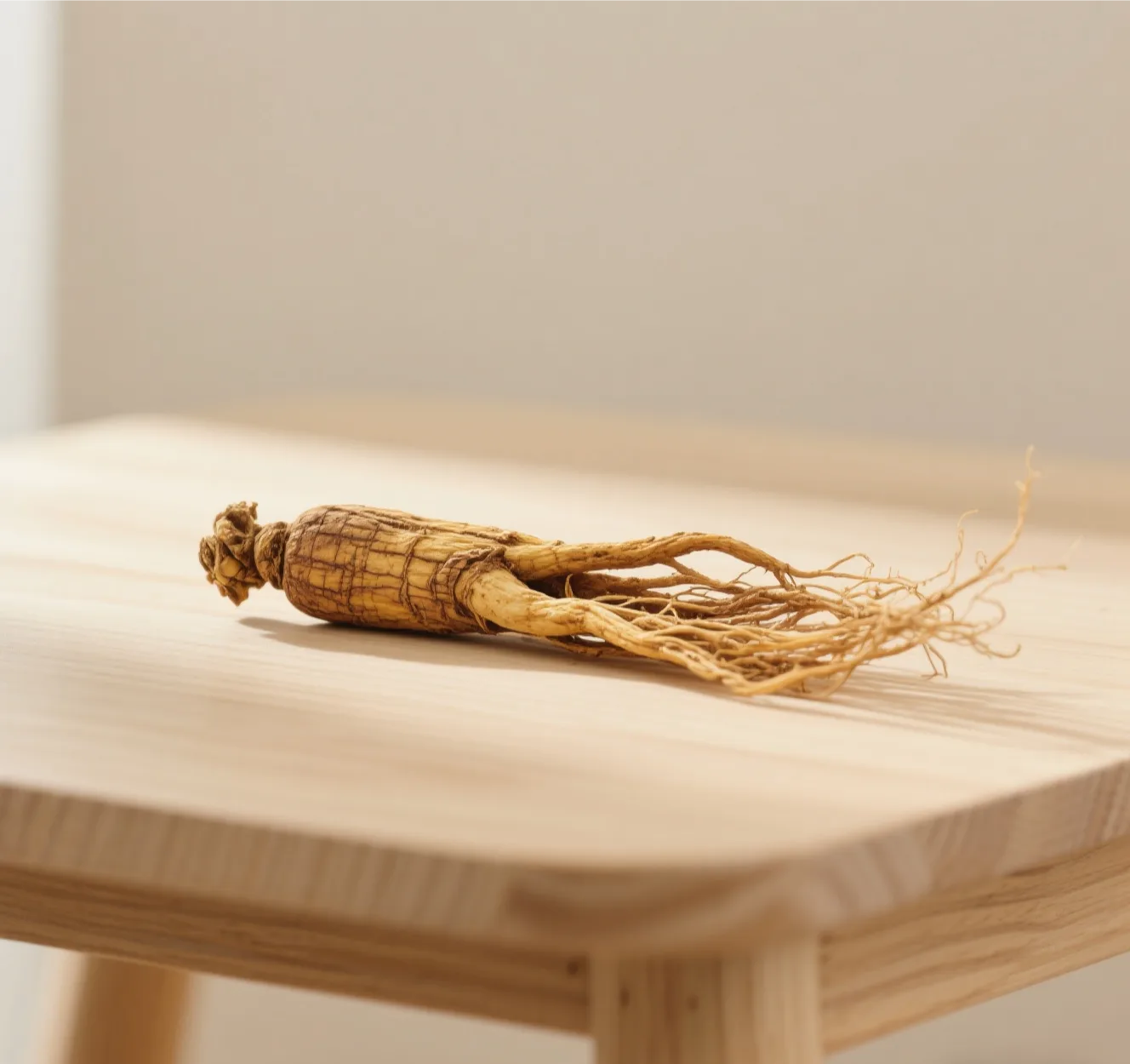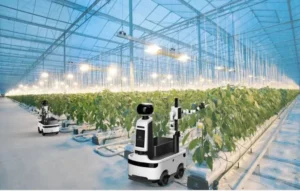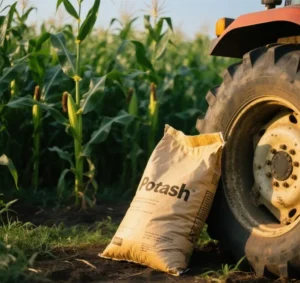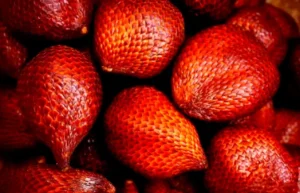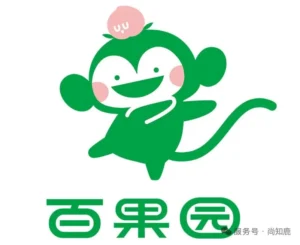In recent years, China’s traditional Chinese medicine (TCM) industry has experienced significant growth due to supportive government policies. This expansion has significantly impacted the upstream medicinal herb cultivation sector, presenting a mixed picture of prosperity and underlying challenges. As the industry continues to evolve, understanding the intricate dynamics shaping its current status and future prospects is essential.
Market Expansion and Supply-Demand Imbalance
China’s medicinal herb cultivation industry grew from RMB 156.3 billion in 2019 to RMB 227.09 billion in 2023, representing a compound annual growth rate (CAGR) of 9.8%. Projections indicate this growth will continue, with the market expected to surpass RMB 380 billion by 2025. Over the past decade, the cultivation area has doubled to approximately 3.33 million hectares. Major production regions have emerged, including the Northeast for “Guan medicine” and Central China for “Huai medicine.” The top ten production regions (e.g., Hubei, Gansu, and Yunnan) account for 62.27% of the total cultivation area, with each region exceeding 133,333 hectares. Furthermore, 88% of national production capacity is concentrated in 18 provincial-level regions, reflecting significant regional optimization.
Market Volatility and the “Bear Market” Cycle
Price fluctuations in the medicinal herb market have been dramatic. From 2019 to 2023, the price of some herbs increased by over 500%, reflecting “irrational prosperity.” In the first half of 2024, the price of certain herbs, such as bai zhu (atractylodes), rose sharply from RMB 80/kg to RMB 180/kg. However, by the third quarter, prices for herbs like Kuandonghua (Tussilago), Banlangen (Isatis root), and Jinyinhua (Honeysuckle) plummeted. A projected oversupply of approximately six million tons in 2025 is expected to drive prices down and initiate a “bear market” cycle.
External pressures further compound these challenges. Low-cost imports from Southeast Asia increased by 30% in 2024, weakening domestic pricing power. Information asymmetry in the market enables middlemen to suppress purchase prices, thereby reducing farmers’ profits. Additionally, inconsistent quality standards lead to inferior products flooding the market, which erodes consumer trust and further destabilizes prices.
Cultivation Challenges and Systemic Issues
The cultivation of medicinal herbs faces several critical challenges. For example, 67% of pesticide products are registered for only 10% of popular herbs (e.g., 232 registrations for goji berry and 142 for honeysuckle). Many herbs, such as Pinellia, Poria, and licorice, have no registered pesticides. This imbalance accelerates pesticide resistance; for example, azoxystrobin accounts for 93% of Banlangen bactericides. Technical barriers, such as misdiagnosing diseases (e.g., Dangshen yellowing is caused by a micronutrient deficiency rather than pathogens) and soil degradation due to unscientific fertilizer use, further impede sustainable practices. Widespread nutrient imbalances, salinization, and the loss of beneficial microbes in soil pose significant threats.
Germplasm degradation is another significant challenge. Self-seeding by farmers leads to variety degeneration, as evidenced by the decline in Baidou yield from 11,250 kg/hectare to 7,500/ kg/hectare. Systematic solutions include establishing germplasm resource banks in regions such as Yunnan, Sichuan, and Gansu and implementing the Medicinal Herb Seed Management Measures. Gene editing and molecular breeding techniques are also being explored to accelerate variety improvement and enhance genetic authenticity.
Conclusion: Navigating a Vicious Cycle
The medicinal herb industry is caught in a complex and potentially destructive cycle of pesticide imbalance, failed control measures, yield volatility, blind expansion, germplasm degradation, and disease exacerbation, which ultimately leads to pesticide overuse. Climate change, with its increasing frequency of extreme weather events (e.g., El Niño), further threatens the stability of this cycle. Breaking this cycle is crucial for the industry’s sustainable development. If the RMB 227 billion medicinal herb industry effectively addresses these issues, it could achieve long-term prosperity. However, if left unattended, the industry risks collapsing into an ecological and economic crisis.
As the industry grows, stakeholders must collaborate to develop strategies balancing market expansion with sustainable cultivation, addressing supply-demand imbalances, and enhancing quality control. Only through such holistic approaches can China’s medicinal herb industry realize its full potential and contribute positively to economic growth and public health.


